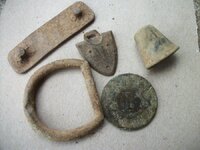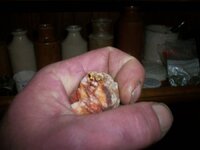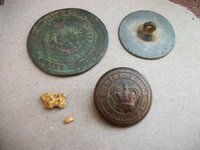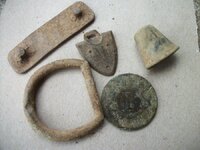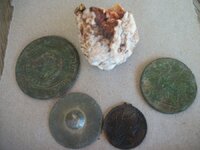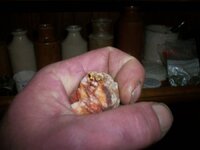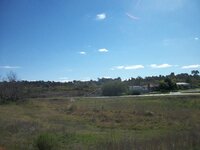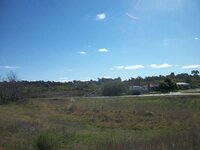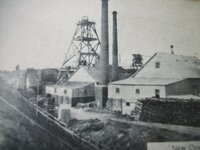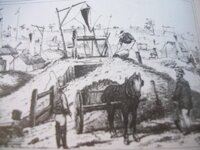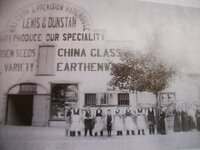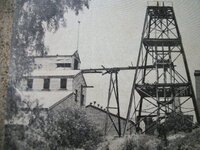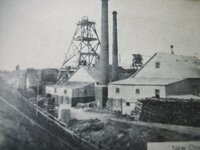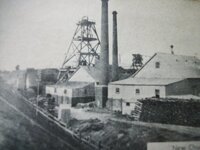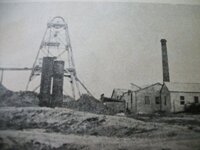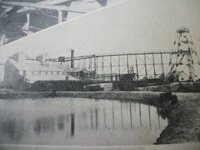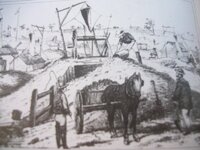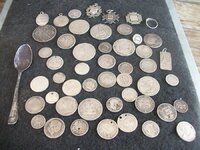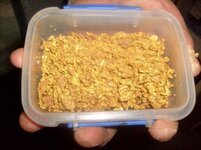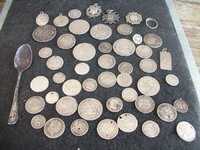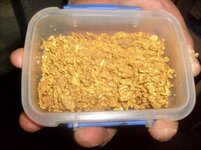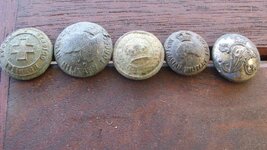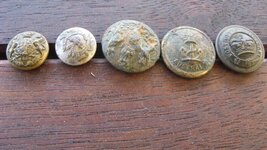tinpan
Silver Member
Hi all
Quote "Crime seems to have been of a minor nature - sweeping the surface of the road (in search of gold bearing quartz which may have fallen from a cart taking it to a crushing mill). riding a bicycle on the footpath, hotel trading after hours,insulting behaviour, obscene language, and minor vandalism."
This quote was taken from a policemans note book that dates from 1890 in California Gully Bendigo
Over the past few weeks i have been working the flats around the local road where once miners huts ans stores and hard rock mines once existed. Only large piles of grey mullock tails can be seen today.Most of the free standing buildings were removed to house returned service-men after WW1 .
Here some site pics and the finds. My 3rd police button. made by Stokes and sons of Melbourne and dates from 1880.
tinpan
Quote "Crime seems to have been of a minor nature - sweeping the surface of the road (in search of gold bearing quartz which may have fallen from a cart taking it to a crushing mill). riding a bicycle on the footpath, hotel trading after hours,insulting behaviour, obscene language, and minor vandalism."
This quote was taken from a policemans note book that dates from 1890 in California Gully Bendigo
Over the past few weeks i have been working the flats around the local road where once miners huts ans stores and hard rock mines once existed. Only large piles of grey mullock tails can be seen today.Most of the free standing buildings were removed to house returned service-men after WW1 .
Here some site pics and the finds. My 3rd police button. made by Stokes and sons of Melbourne and dates from 1880.
tinpan
Attachments
Upvote
0


